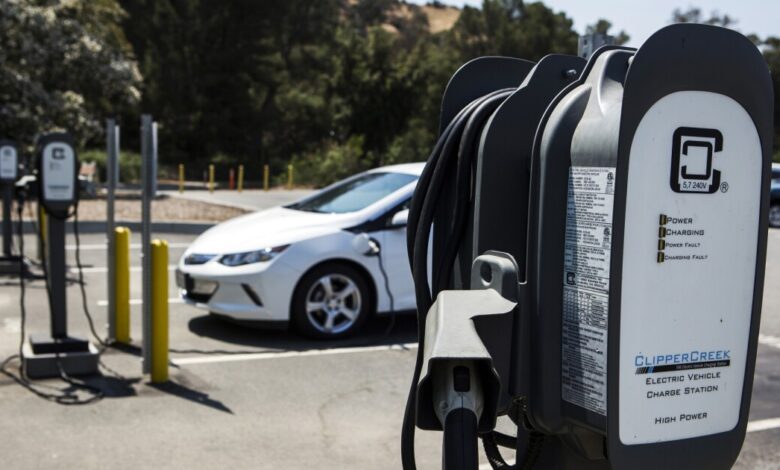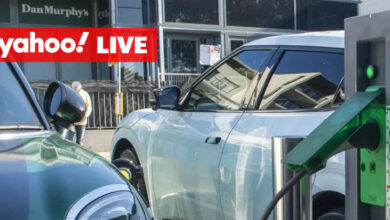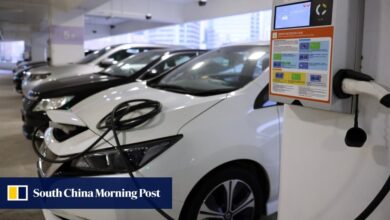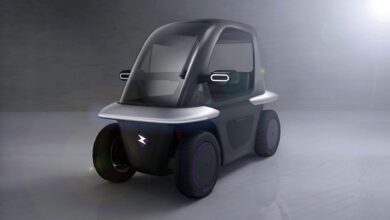Why electric vehicle demand is diminishing in 2024

Citing the failure to meet sales expectations and to deal with diminishing EV demand, electric vehicle (EV) manufacturers Rivian Automotive and Lucid Motor each announced their second rounds of layoffs this year.
Why are consumers losing interest in EVs? Some data suggests that this is, in part, because EV value is depreciating.
Mitchell’s “
According to Mitchell, this presents issues for consumers concerned with EV financial viability. Used EV prices have fallen 31.8% since last year, compared to a decrease of 3.6% in prices of used ICE vehicles.
Loss frequency and costs have also gone up for EVs. Mitchell reports that EV total loss frequency this first quarter in the U.S. jumped to nearly 10% of the time, which is an increase of 8% from the final quarter of 2024 and 30% from Q3. Research does not indicate that EVs are declared total losses more often than ICE vehicles, however, and both present similar stats in this area: the report shares that 2021 ICE automobiles and newer were declared a total loss 9.51% of the time.
Insurance costs are still a barrier for some consumers, as well. In the U.S., EV average claims severity was around $6,066, versus $4,703 for ICE automobiles. Average mechanical labor hours are higher for EVs, as well, at about 3 hours compared to 1.66 for ICEs.
“In general, EVs are typically more expensive to insure than a similar ICE vehicle. Recent auto insurance shoppers are less satisfied with the insurer they purchased their auto insurance from if they drive an EV than someone driving a traditional ICE vehicle. This is mostly driven by the quote process, where EV drivers first encounter the higher insurance premiums for EVs. That’s coming from the
Infrastructure is another major concern. Though public charging ports were increased by 22% in the U.S. by the end of 2023, range anxiety can be a barrier for areas lacking public charging.
J.D. Power’s



